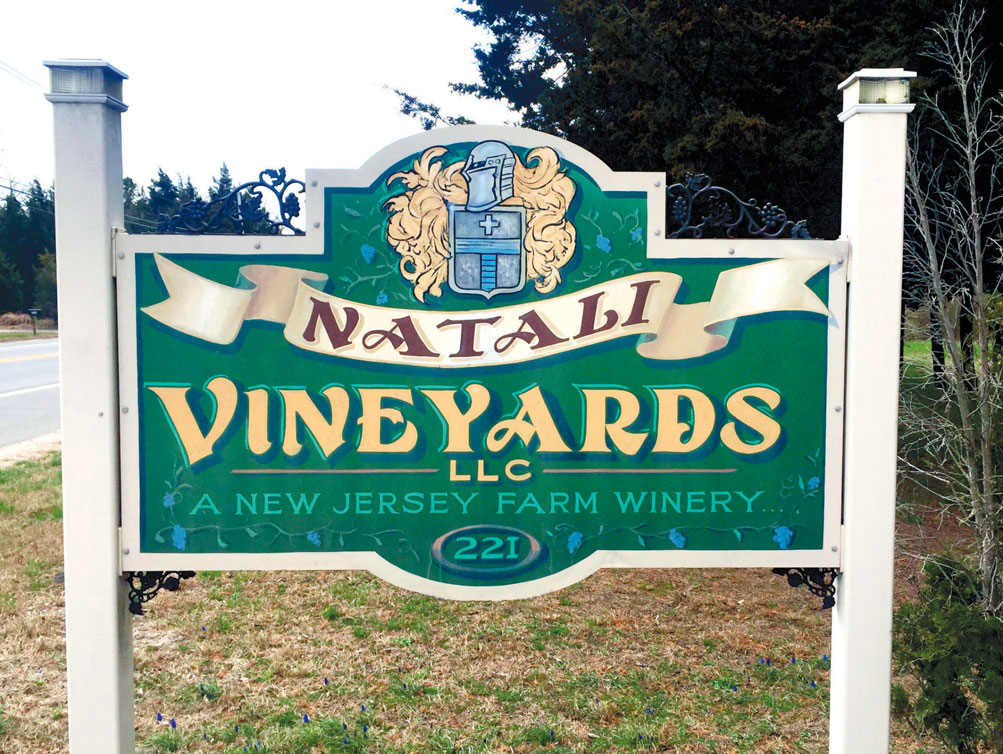Cape Character
Cape May wines will now be differentiated from wines in other parts of New Jersey because of the shore region’s unique growing conditions. The recently designated Cape May Peninsula Viticultural Area, a sub-region of the existing Outer Coastal Plain, is the fourth officially designated American Viticultural Area (AVA) in the state.
“Adding the Cape May Peninsula AVA is further validation of our status as a wine-producing state," says Tom Consentino, executive director of the Garden State Wine Growers Association. (The other two viticultural areas are Warren Hills, in Warren County, and Central Delaware Valley, straddling the Delaware River Near Trenton in both NJ and PA.)
Earning the designation is not a quick process. In October of 2014, Al Natali, owner of Natali Vineyards in Cape May Courthouse, first petitioned the Alcohol and Tobacco Tax and Trade Bureau (the organization responsible for designating AVAs so winemakers can better describe the origins of their wines) on behalf of the ad hoc Cape May Wine Growers Association. He proposed the additional area because of differences between the Cape May Peninsula and the rest of the Outer Coastal Plain. Those differences create a distinct terroir, the French wine term that expresses a wine’s “sense of place." “The distinction is based on a number of different things that make us separate from the rest of New Jersey and the Outer Coastal Plain," said Natali.


Temperature variances are the main difference. The Cape May Peninsula does not get as cold in the winter or as warm in the summer as the rest of the Outer Coastal Plain. This allows for a longer growing season. The region typically has its last frost in mid-April and its first frost in the first or second week of November; giving it more than 200 frost-free days. That gives the region enough growing days to ripen classic European grapes like cabernet sauvignon, pinot noir; sauvignon blanc and chardonnay
Other differences in the Cape May Peninsula include varying soil types and the proximity to the Atlantic Ocean.
“We have some minerality on the grapes and on the vines that comes in with the summer breezes,” explains Natali.
Does this make wines from the Cape May Peninsula better than wines from other areas?
No. It just makes them different.
“People of New Jersey should care about drinking good wine," says Natali. “Cape May produces good wines that are going to be a little different."
Where can you find these wines that are “a little different?” At any of the wineries in the Cape May Peninsula: Cape May Winery, Hawk Haven Vineyard and Winery Jessie Creek Winery Natali Vineyards.Turdo Vineyards and Willow Creek Winery.





